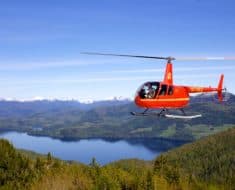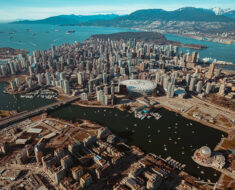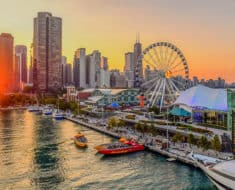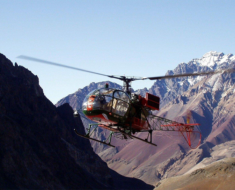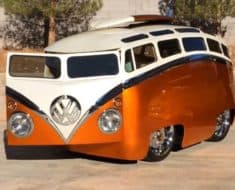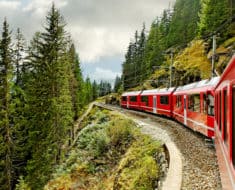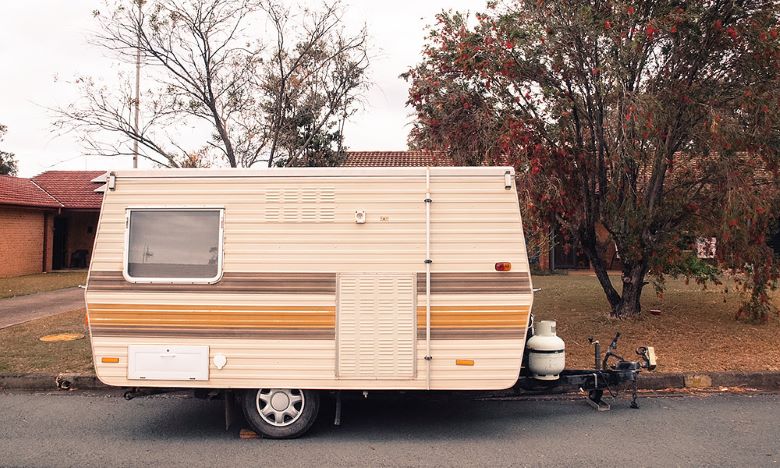
Embarking on the open road with a caravan in tow symbolizes the epitome of freedom and exploration. Yet, beneath the allure of adventure lies a critical need for systematic maintenance and attention to the key components of a caravan.
This comprehensive guide delves into the intricacies of maintaining and updating ten essential caravan parts, ensuring a smooth and secure journey for every avid traveler.
1. Tires: The Foundation of Safe Travel
Caravanning safety begins at the wheels. Tires, often overlooked, carry the substantial responsibility of bearing the entire weight of the caravan. Regular tire maintenance is imperative for road safety.
Monitor tire pressure regularly, aligning it with the manufacturer’s recommendations. Low tire pressure can lead to increased fuel consumption and uneven wear. Additionally, check the tread depth for signs of wear and examine the sidewalls for any anomalies.
Addressing these concerns ensures optimal road grip and prevents potential blowouts, a critical factor for maintaining safety and travel efficiency. When replacing tires, consider investing in high-quality, durable options, as this is a proactive measure that prevents breakdowns and enhances overall road safety, providing peace of mind during your caravanning adventures.
2. Braking System: A Crucial Element in Towing Safety
The caravan’s braking system is paramount for safe towing. Routine inspections of brake pads, discs, and fluid levels are essential.
Brake pads naturally wear down over time, compromising their effectiveness. Regular checks and timely replacements ensure the braking system operates optimally, preventing potential hazards during towing. Additionally, inspect for any signs of unusual noises or vibrations during braking, as these may indicate underlying issues that require immediate attention.
Brake fluid levels should be maintained within the recommended range to guarantee consistent performance. A proactive approach to the braking system enhances towing safety and contributes to your caravan’s overall longevity.
3. Suspension Components: Maintaining Stability on the Road
The suspension system is the unsung hero of a caravan’s stability and control. It bears the brunt of uneven road surfaces, ensuring a smooth and comfortable ride. Regularly inspect shock absorbers, springs, and suspension linkages for signs of wear or damage.
Damaged or worn components can lead to instability, swaying, and uneven tire wear. Addressing these issues enhances the overall ride quality and prevents potential long-term damage to the caravan’s chassis. Furthermore, a well-maintained suspension system is crucial when navigating challenging terrains, providing safety and comfort to passengers and preserving the integrity of the entire caravan structure.
4. Bearings and Hubs: The Unsung Heroes of Smooth Travel
Wheel bearings and hubs silently contribute to smooth travel, and their maintenance is often overlooked. Regularly grease and inspect bearings, replacing them as needed. Adequate lubrication is essential to prevent friction and heat buildup, leading to premature wear and potential failures on the road.
Additionally, ensure that hubs are well-lubricated to maintain optimal performance. Proactive attention to these components minimizes the risk of breakdowns, reduces the overall wear and tear on the wheel assembly, and prolongs the life of these critical caravan elements. Investing time and effort into bearing and hub maintenance is a small yet crucial step toward ensuring a seamless and trouble-free travel experience.
5. Lights and Electrical System: Illuminate the Path to Safety
Proper lighting isn’t just a regulatory requirement; it’s essential for on-road safety. Regularly check all exterior lights, including brake lights, indicators, and taillights.
Inspect the caravan’s wiring for signs of wear or corrosion, addressing issues promptly. Upgrading to energy-efficient LED lights enhances visibility and contributes to overall energy efficiency, a practical consideration for any caravan enthusiast.
6. Gas System: Ensuring Safety Amidst Convenience
A safe and leak-free gas system is non-negotiable for caravans equipped with gas appliances. Regularly inspect gas hoses, connections, and regulators for wear or damage.
Test gas appliances to ensure they function properly, replacing faulty components promptly. Professional servicing by a qualified technician is advisable to guarantee the integrity of the entire gas system, providing both convenience and safety on the road.
7. Water System: Nourishing the Journey
The water system in a caravan is susceptible to contamination and wear. Routinely inspect pipes, connections, and the water pump for leaks or signs of deterioration.
Periodically clean and sanitize the water tank, replacing filters as the manufacturer recommends. A well-maintained water system ensures access to clean and safe water during your travels, contributing to the overall comfort of your caravan experience.
8. Chassis and Frame: The Structural Backbone
The chassis and frame form the structural backbone of any caravan. Regular inspections are necessary to identify rust, corrosion, or damage signs.
Pay close attention to welds and joints, addressing any issues promptly. A structurally sound chassis is essential for the overall integrity of the caravan, preventing potential safety hazards on the road and ensuring the longevity of your travel companion.
9. Coupling Mechanism: A Secure Connection
The coupling mechanism unites the caravan with the towing vehicle, underscoring its importance in ensuring a secure connection. Regularly inspect the hitch, coupling, and safety chains for wear and tear.
Confirm that the coupling mechanism operates smoothly and that safety features like breakaway cables are in good working order. Promptly replace worn or damaged components to maintain a secure connection, promoting towing stability and safety.
10. Fire Safety Equipment: Mitigating Risks on the Road
Caravans should be equipped with essential fire safety equipment, comprising smoke detectors and fire extinguishers. Regularly test and replace batteries in smoke detectors, ensuring they remain operational.






